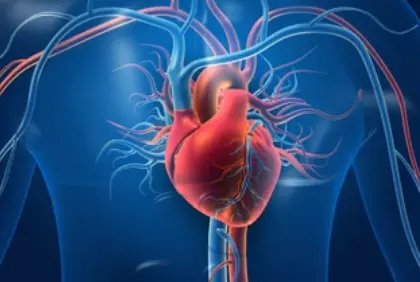 Welcome
Welcome
“May all be happy, may all be healed, may all be at peace and may no one ever suffer."
Capillary bleeding - Generics
Capillary bleeding refers to the oozing or seeping of blood from small capillaries, which are the smallest blood vessels in the body. Capillary bleeding may occur as a result of minor injuries or cuts, and can be identified by the slow and continuous flow of blood from the affected area.
Capillary bleeding can also occur as a result of certain medical conditions, such as thrombocytopenia (a low platelet count), hemophilia (a genetic bleeding disorder), or liver disease. Certain medications, such as blood thinners or antiplatelet drugs, can also increase the risk of capillary bleeding.
Treatment of capillary bleeding depends on the severity of the bleeding and the underlying cause. In most cases, minor capillary bleeding can be controlled with direct pressure and elevation of the affected area. If the bleeding persists or is severe, medical attention may be necessary.
In some cases, bleeding disorders or medical conditions that increase the risk of capillary bleeding may require treatment with medication or other interventions. It is important to seek medical attention if you experience frequent or severe capillary bleeding or if you have a bleeding disorder or other medical condition that increases your risk of bleeding.

Productive cough

Pediculosis capitis

IHD

Pre- and post-operative s...

Renal function testing

Jock itch

Cough

Skin and soft tissue infe...
Capillary bleeding, কৈশিক রক্তপাত
To be happy, beautiful, healthy, wealthy, hale and long-lived stay with DM3S.